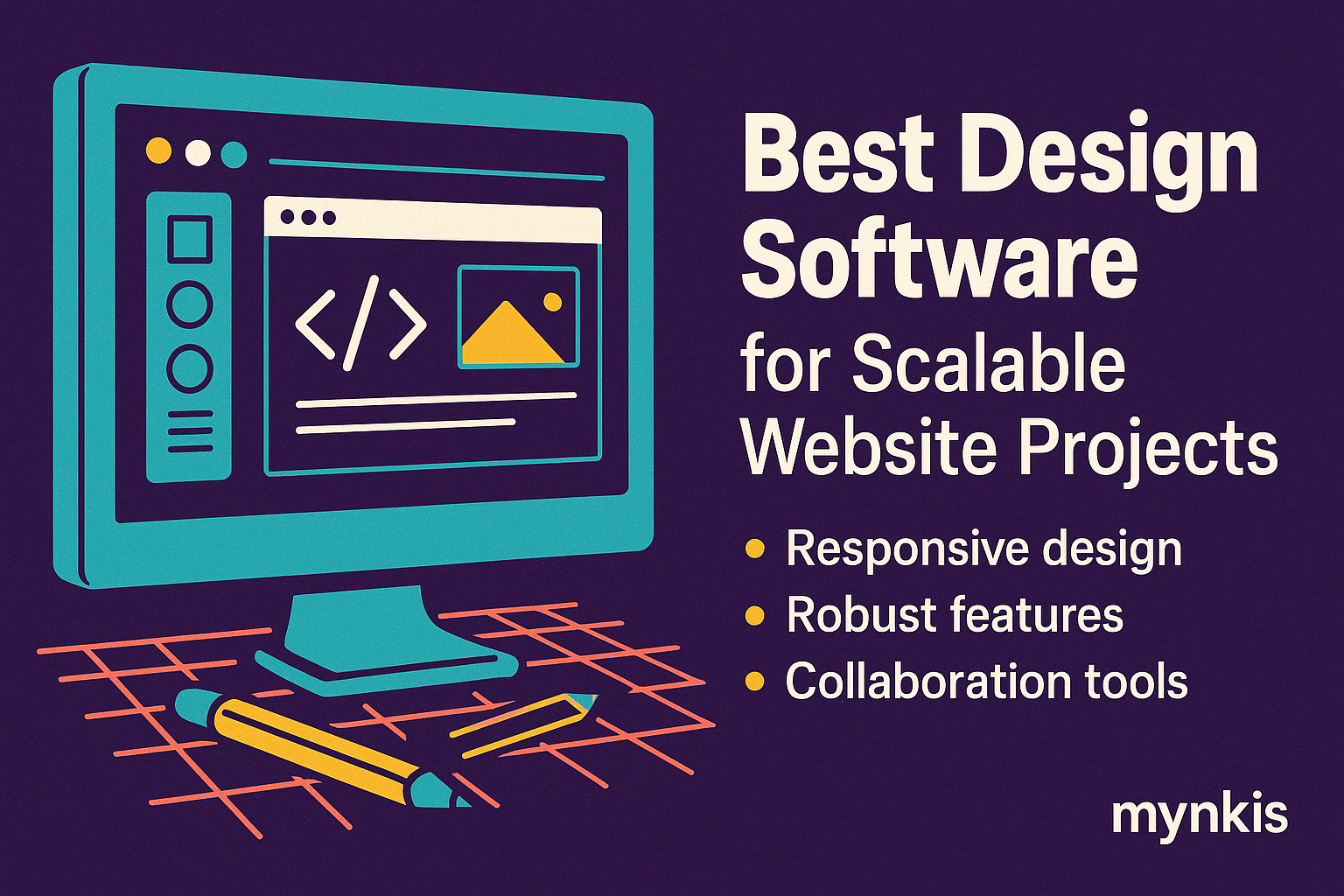Schedule a Demo
Before diving into the vast ocean of design software, it's crucial to anchor down what your website project demands. Are you looking to create wireframes, build out high-fidelity designs, or perhaps prototype the user journey? Your project's stage, from Minimum Viable Product (MVP) to a full-fledged enterprise-level platform, will shape your software choices. As a founder, understanding the lifecycle of your product's development informs which tools will effectively scale with your vision and resources.
Sketch has become the go-to tool for many design professionals, particularly those working within the dynamic landscape of startups and scale-ups. Its strength lies in its collaborative features and vector-based capabilities, making it ideal for crafting responsive designs that adapt seamlessly across different devices. I've seen teams leverage Sketch's ease of use to iterate rapidly on their MVP designs, producing high-quality mockups that effectively communicate the vision to developers and stakeholders.
Adobe XD stands out as a versatile player in the design software arena, integrating seamlessly with other Adobe Creative Cloud applications. It's particularly valuable for founders needing to prototype various user journeys and interactions. The software's real-time collaboration feature has been a game-changer for many of the cross-functional teams I've worked with, allowing designers and developers to refine the user experience on the fly.
In the world of custom software development and enterprise web solutions, Figma's all-in-one platform shines. It offers a robust suite of design tools coupled with powerful collaboration features that cater to both small teams and large enterprises. Figma allows you to go from initial sketches to interactive prototypes without ever switching applications, which can be a huge time-saver in the fast-paced environment of scaling a startup.
InVision's forte is in bringing designs to life through prototyping and user testing. It excels in creating dynamic, interactive prototypes that can be shared with stakeholders for immediate feedback. From my experience, founders appreciate how InVision streamlines the design-to-development handoff, ensuring that the final website reflects the intended user experience.
UXPin caters to designers who crave precision and the ability to create highly interactive prototypes. This tool is particularly useful when developing complex enterprise web solutions, where user journeys can be intricate. In my work with operations managers across various sectors, I've seen UXPin help translate complex operational needs into intuitive user interfaces, fostering efficiency and user satisfaction.
The choice of design software largely depends on the specifics of your website project. Are you focused on the initial design and prototyping stages, or do you need something that can follow your project from MVP to a full-blown enterprise solution? Additionally, consider the learning curve of the tool against your team's current skills and the time you have to allocate for tool mastery. Balancing these factors will lead you to the software that best aligns with your project's success.
When selecting design software, also think about how it will integrate with other tools in your tech stack. For instance, if your team heavily uses Adobe Creative Cloud for other tasks, Adobe XD might be a natural fit. Conversely, if your developers are comfortable with tools that support a direct handoff from design to development, like Figma or InVision, these platforms might be more appropriate. Integration can significantly impact the efficiency of your design-to-development pipeline.
Another key aspect to consider is how the chosen software can be customized and scaled to meet your growing needs. Tools like Sketch and Figma offer a range of plugins and extensions that can tailor the experience to your project's specific requirements. This flexibility is essential for founders whose projects might evolve rapidly from an MVP to more complex enterprise solutions.
The importance of maintaining a consistent user experience across different touchpoints cannot be overstated. Tools like Figma and Adobe XD are particularly good at maintaining design consistency, thanks to their comprehensive design systems and component libraries. This consistency is crucial in building trust and recognition with your audience, something that every founder aims to achieve.
Finally, the learning resources and community support available for a particular design tool can significantly influence your decision. Tools like Figma and Sketch have large, active communities that can be invaluable resources for troubleshooting, inspiration, and staying up-to-date with the latest design trends and techniques. As a founder, tapping into these communities can accelerate your team's learning curve and improve your website's design quality.
Selecting the right design software is a pivotal decision in the journey of building a successful website, particularly for founders focusing on scalability from MVP to enterprise levels. Whether you opt for the collaborative prowess of Figma, the integration capabilities of Adobe XD, or the precision of UXPin, each tool offers unique advantages tailored to different stages of your project. Reflect on your project's current needs and future growth potential to ensure that the chosen tool not only meets your immediate design requirements but also supports your long-term tech infrastructure goals.
